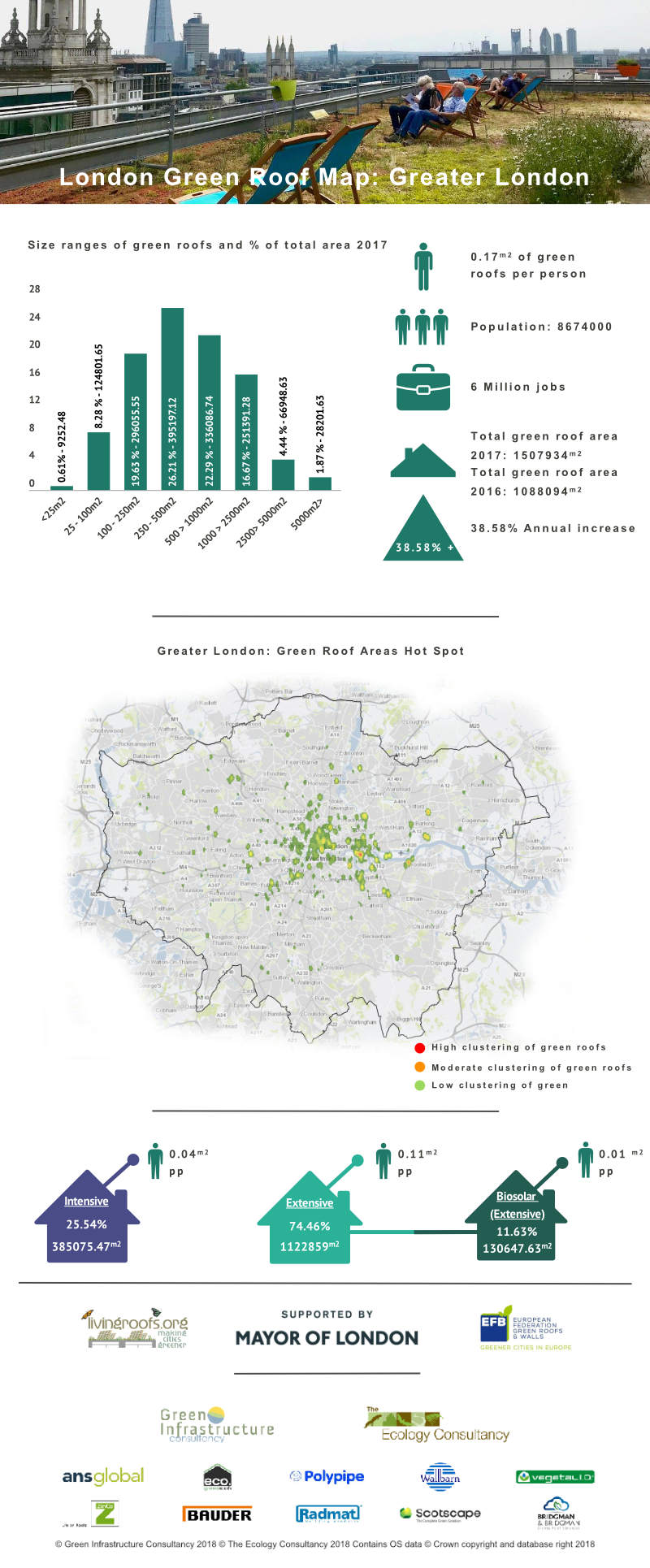To Make Well-Informed Options About Your Home's Planetary System, Analyze Your Energy Demands And Reveal Important Elements That Might Affect Your Option
To Make Well-Informed Options About Your Home's Planetary System, Analyze Your Energy Demands And Reveal Important Elements That Might Affect Your Option
Blog Article
Composed By-Odonnell Lane
When selecting the best domestic planetary system for your home, you need to start by evaluating your power needs. Look back at your previous electrical power bills to recognize your average usage. Take into consideration any type of future adjustments, like new home appliances or way of life changes. With this information, you can make informed decisions concerning system types and costs. However there's more to consider prior to making a last option, and it all rest on your unique situation.
Assessing Your Power Demands and Usage
Just how do you determine your power needs before installing a planetary system? Start by reviewing your past electricity costs.
Search for your monthly use in kilowatt-hours (kWh) over the in 2014; this'll give you a solid average. Next off, take into consideration any adjustments you prepare to make, like including brand-new appliances or an electric automobile, as these will certainly affect your future power requirements.
You must also evaluate the efficiency of your home-- inadequate insulation or old home appliances can boost energy consumption.
Ultimately, think of your way of living habits; for instance, if you're usually home throughout the day, you might require a larger system to cover daytime use.
Comprehending Different Types of Solar Equipments
After examining your energy requires, it is very important to explore the numerous kinds of planetary systems readily available.
You'll usually come across 3 major options: grid-tied, off-grid, and hybrid systems. Grid-tied systems connect directly to the energy grid, permitting you to market excess power back. They're often the most cost-efficient selection if you have trusted grid access.
Off-grid systems operate separately, requiring battery storage to provide power throughout outages or reduced sunlight. These are perfect for remote places yet can be much more pricey.
Crossbreed systems combine both, providing you the versatility of battery storage while still connecting to the grid. how much do solar panel installers make has its benefits, so consider your way of life, area, and energy goals when making your choice.
Assessing Expenses, Motivations, and Funding Options
When thinking about a solar system, have you thought of the expenses, incentives, and financing choices readily available to you?
First, review the complete costs, consisting of installment, equipment, and maintenance. Compare quotes from various companies to guarantee you're obtaining a reasonable offer.
Next off, check out average solar panel installation cost and state rewards that can dramatically lower your upfront financial investment. Tax credit scores, discounts, and performance-based rewards can aid you save.
cost of installation of solar panels but not least, check out funding options like solar lendings, leases, or power purchase agreements (PPAs). Each option has its advantages and disadvantages, so select one that fits your budget and power needs.
Conclusion
Selecting the right domestic solar system does not need to be overwhelming. By analyzing your energy requires, understanding the different system kinds, and reviewing prices along with readily available motivations, you can make an educated choice. Remember to compare quotes from numerous service providers to locate the best suitable for your budget plan. With https://sunpower-solar76431.blog-a-story.com/15971093/what-obstacles-do-firms-in-the-solar-power-market-face in place, you'll not only reduce your power bills however additionally add to a more lasting future for your home and area.
